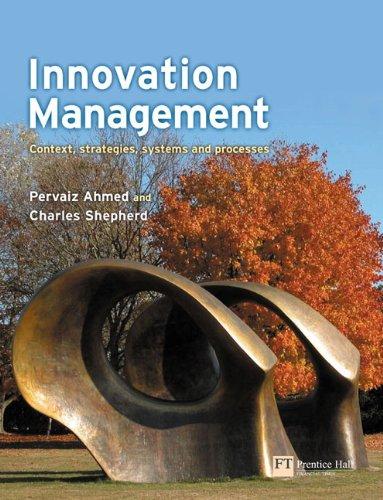Of all the business innovations explorer Marco Polo discovered in thirteenth century China, he was perhaps most
Question:
Of all the business innovations explorer Marco Polo discovered in thirteenth century China, he was perhaps most surprised by the use of paper money. It was worth dozens of times the weight of the heavy coins that European traders lugged around. Today’s multinational technology companies could learn a similar lesson: Bring only what’s needed when entering China.
That’s what Dell did under Phil Kelly, Dell Asia Pacific’s first senior executive. In 1998, he introduced just a portion of Dell’s famous business model to the Chinese marketplace, adding capabilities and staff as growth dictated. As a result, Dell’s share of the PC market grew more than 60 per cent a year in 2000 to 2005. By 2009 Dell’s China sales were growing 28 per cent per year, accounting for about 5 per cent of the company’s global business. The world’s second largest personal computer maker also purchased about $23 billion of products in 2008 from China, Dell’s largest overseas market.
Kelly’s strategy allowed the company to mitigate the risks of trying to force-fit its model to China or abandoning its valuable experience, two common pitfalls for multinationals. Moreover, it allowed the company to localise operations, cement relationships with customers and government officials, and control costs in ways that account for the country’s often unpredictable quirks and opportunities. Dell’s approach is worth studying. Companies that want to import their business model as-is are following a natural instinct: they believe they will succeed by continuing to do what they do well. In theory, the company’s value chain, core capabilities and values would all come along in a type of palletised, business-in-a-box. Managers would simply adjust downward to satisfy local requirements. Alternatively, companies that invest in a new business model for China are responding to what they see as unique conditions. They often arrive at an initial arrangement that’s very different from their traditional one. Once again, managers intend to incorporate their best capabilities whenever such standardisation would not diminish the custom model for China.
Unfortunately, importing a company’s business model lock, stock and barrel generally means importing costs as well. Doing things the old way often costs too much in China. But customisation can result in a nearly similar outcome, because so much efficiency is lost through the abandonment of a well-proven model.
While Dell avoided these pitfalls, it still hit some bumps in the road, sometimes literally. Mr Kelly, a no-nonsense leader and former executive with Motorola in Asia, felt Dell needed to set up shop in China rather than simply export into the country from its Malaysian plants. Headquarters thought differently, and initially rebuffed Mr Kelly’s proposal to put a factory in China. Not only was Dell’s model all but untested in China, they surmised, but also they had concerns around costs, skills and suppliers.
QUESTIONS
1. Evaluate Dell’s entry into the China markets. What lessons can be learnt from Dell’s global market entry strategy?
2. In your opinion is Dell’s approach to entering the China market an innovation?
Step by Step Answer:

Innovation Management Context Strategies And Processes
ISBN: 9780273683766
1st Edition
Authors: Charlie Shepherd, Pervaiz K. Ahmed





